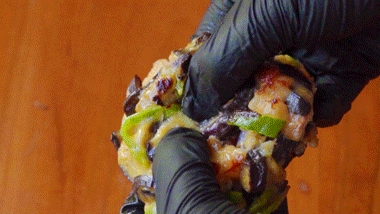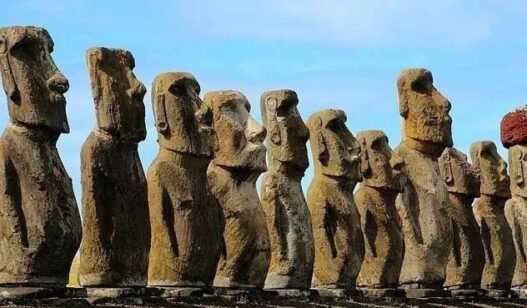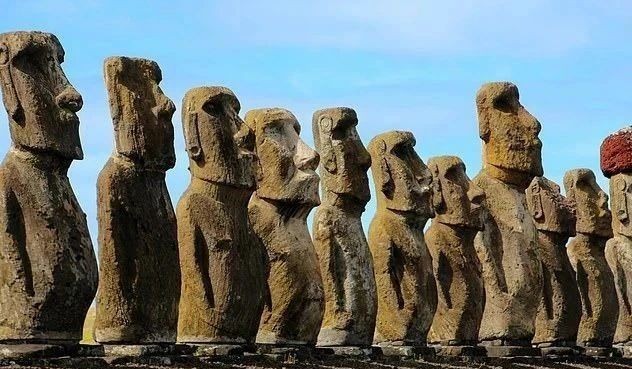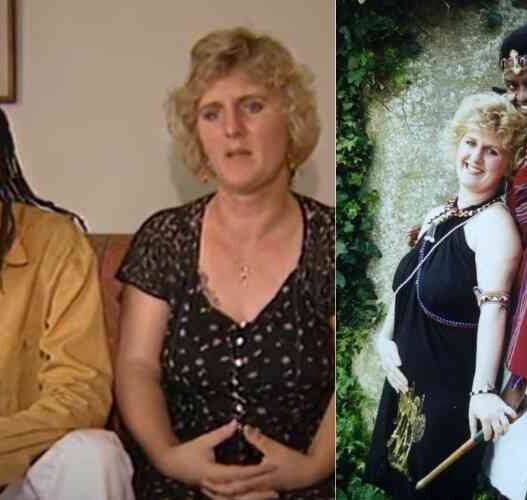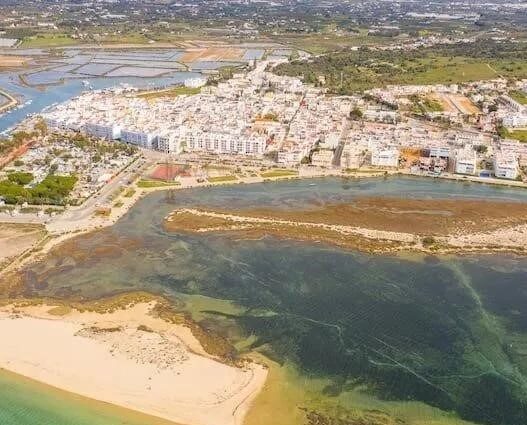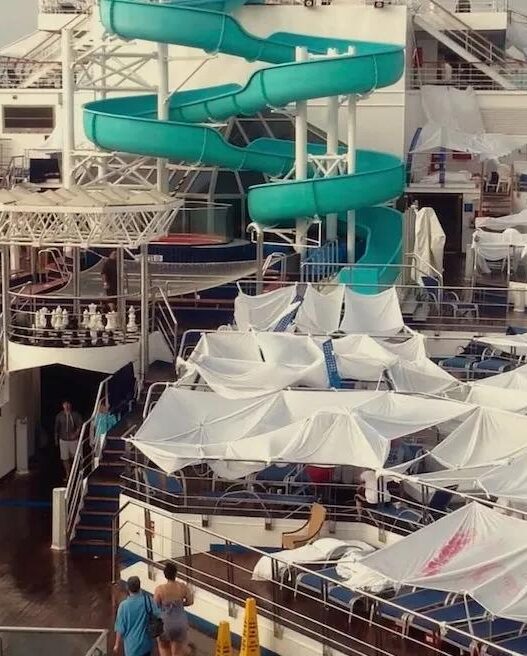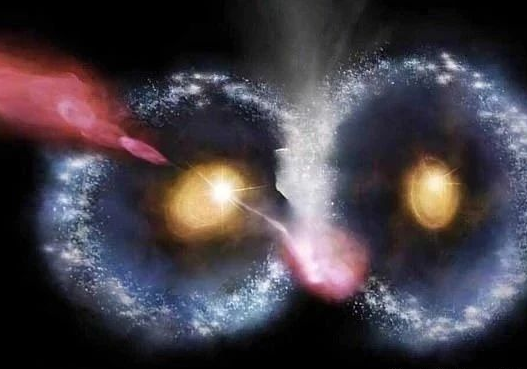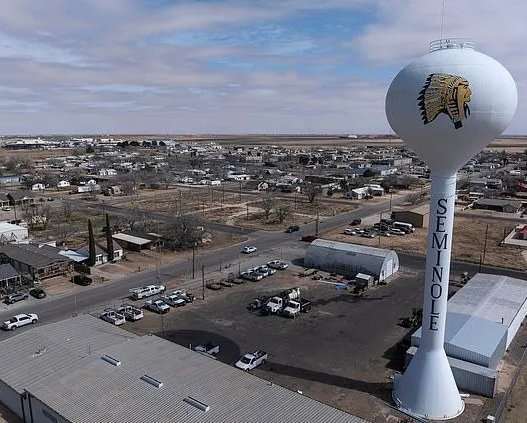Easter Island’s Isolation Is a Myth, New Study Reveals
Nestled in the remote waters of the South Pacific, Easter Island (Rapa Nui) has long fascinated the world with its towering moai statues and apparent isolation. For centuries, scholars believed the island’s early settlers, arriving around 1200 CE, lived in complete seclusion, crafting a unique civilization untouched by outsiders.
But a groundbreaking study by researchers from Uppsala University in Sweden challenges this long-standing belief. According to the team, Easter Island may have never been truly “cut off” at all.
A Shift from “One-Time Settlement” to Ongoing Migrations
The traditional narrative suggests that skilled navigators from Polynesia first arrived on Easter Island between 1200–1250 CE, navigating the ocean in double-hulled canoes. Once settled, the Rapa Nui people supposedly lived in total isolation for centuries.
However, the new study—based on archaeological comparisons, radiocarbon dating, and analyses of ceremonial sites across more than a thousand Pacific islands—paints a different picture.
Lead researcher Professor Paul Wallin explains that Easter Island’s population emerged through multiple migration waves. Groups of seafarers from western Polynesia repeatedly made the long journey eastward, bringing new influences and people to the island.
Moai and Ahu Weren’t So Unique After All
For decades, the moai statues and the ahu platforms they stand on were considered symbols of a self-contained civilization. But researchers now argue that these features are part of a broader Polynesian tradition of cross-island exchange.
For instance, similar rectangular stone platforms used for public ceremonies still exist on islands like Mo’orea in French Polynesia, where they hold sacred meaning. The study suggests that ahu structures may have originated on Easter Island and later spread westward between 1300 and 1600 CE, indicating active cultural transmission across islands.
The researchers also highlight how Polynesian societies—including those on Easter Island, Tahiti, and Hawaiʻi—developed similar hierarchical structures and embarked on monument-building booms. These parallels suggest a network of cultural interaction rather than isolated development.
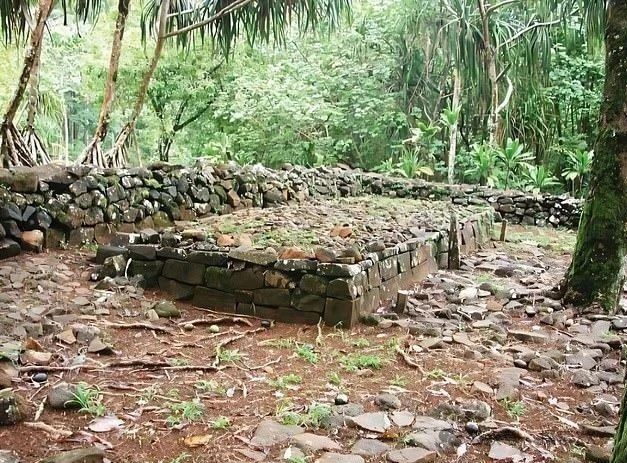
The Role of External Forces in Rapa Nui’s Decline
Contrary to the idea that Rapa Nui civilization began declining around 1600 CE, the study offers a more nuanced timeline:
A Revised Timeline
- 13th to mid-15th century: Moai construction flourished.
- 1722: Dutch explorers arrived and found the society still intact.
- 1770: Spanish visitors observed a stable culture.
- 1774: James Cook noted fallen statues and social unrest.
Researchers argue that Rapa Nui’s decline coincided with the arrival of European colonial powers. Violence, slave raids, and disease led to population collapse. The “isolation theory” had overlooked these external and devastating forces.
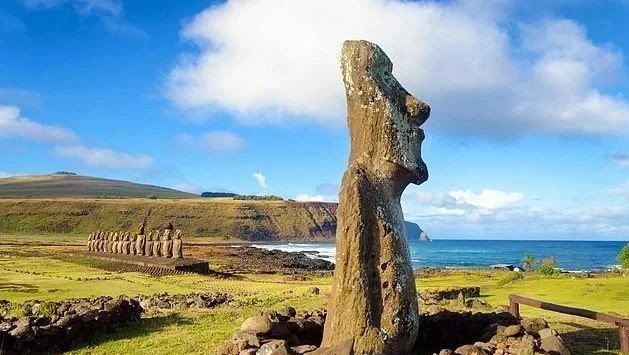
From Global Heritage to Environmental Wake-Up Call
Today, Easter Island is a UNESCO World Heritage Site, attracting tourists from around the world. Its moai continue to captivate, but with popularity comes pressure.
Co-author Professor Helen Martinsson-Wallin recalls pristine beaches in the 1980s. On returning in the early 2000s, she found shorelines covered with plastic debris—a stark reminder that even the remotest places aren’t immune to modern pollution.
A New Narrative of Connection
The story of Easter Island is no longer one of isolation. It’s a tale of migrations, exchanges, and global entanglement—from ancient voyagers to modern waste.
This research reshapes how we understand not only Rapa Nui’s past, but also our present: even the farthest corners of Earth are woven into the fabric of a connected planet.






